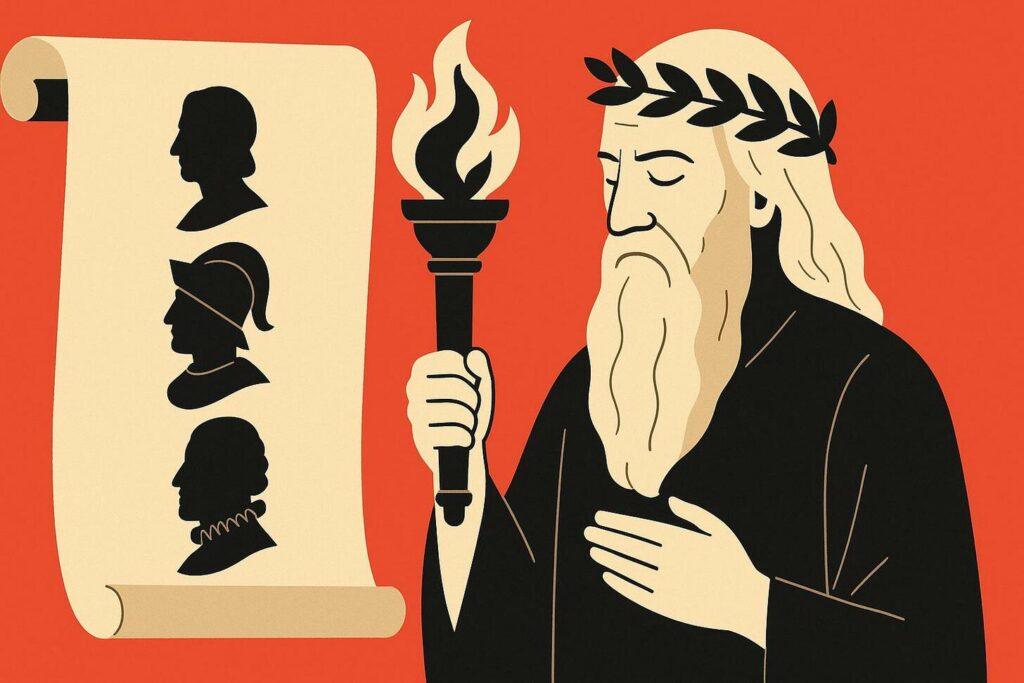Ever wonder how some leaders make better decisions even in uncertain times? The answer often lies in the historical wisdom mental model. This approach uses patterns from the past to guide choices today. Think of it like a compass—built on lessons learned over centuries—to navigate modern challenges.
Why does this matter? A McKinsey study found companies using past data outperformed competitors by 20% during market shifts. Imagine avoiding costly mistakes by understanding what worked—or didn’t—before.
As Winston Churchill once said, “Those who fail to learn from history are condemned to repeat it.” Ignoring these lessons? That’s like driving blindfolded.
This article breaks down how to apply these ideas. We’ll explore real examples, from business strategies to personal choices. Ready to turn yesterday’s insights into tomorrow’s wins?
Key Takeaways
- Historical wisdom mental model: Uses past patterns to improve current decision-making.
- Firms leveraging historical data often handle volatility better.
- McKinsey research shows a 20% performance boost for data-driven companies.
- Churchill’s warning highlights the cost of ignoring history.
- Practical examples ahead will show how to apply these lessons.
Intro to the Historical Wisdom Mental Model
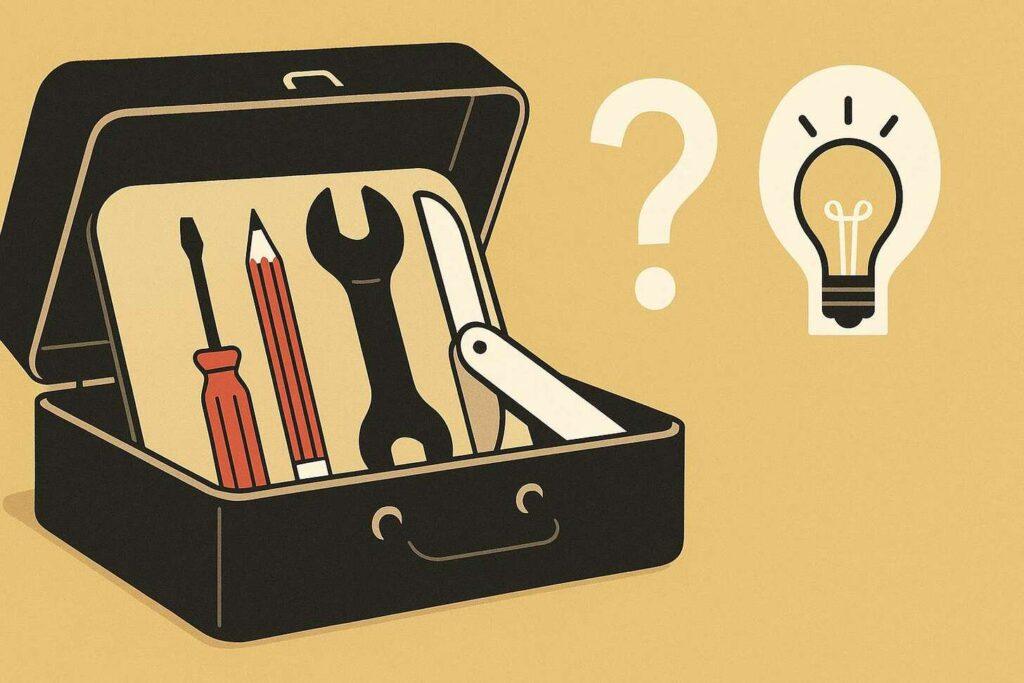
What if you had a toolkit to make smarter choices? This approach combines two powerful ideas: first principles and Occam’s razor. Let’s break them down with real-world examples.
First principles thinking works like a scientist’s lab. Instead of copying others, you ask: “What’s absolutely true here?” Elon Musk used this method to slash rocket costs—he questioned every assumption about materials. Ancient Greek philosophers did similar things, building knowledge from basic truths.
Now meet Occam’s razor. This 14th-century idea says the simplest solution often works best. When Apple designs products, they remove unnecessary buttons. Why? Complexity creates confusion. Markets follow this pattern too—during the 2000 tech crash, companies survived by focusing on core services.
Together, these tools form a decision-making compass. They help us avoid repeating past mistakes while staying adaptable. Ever notice how great leaders balance old lessons with fresh ideas?
Up next: How 1930s policies still shape today’s economic strategies. You’ll see why yesterday’s choices matter for tomorrow’s success.
Recognizing The Value of Past Experiences
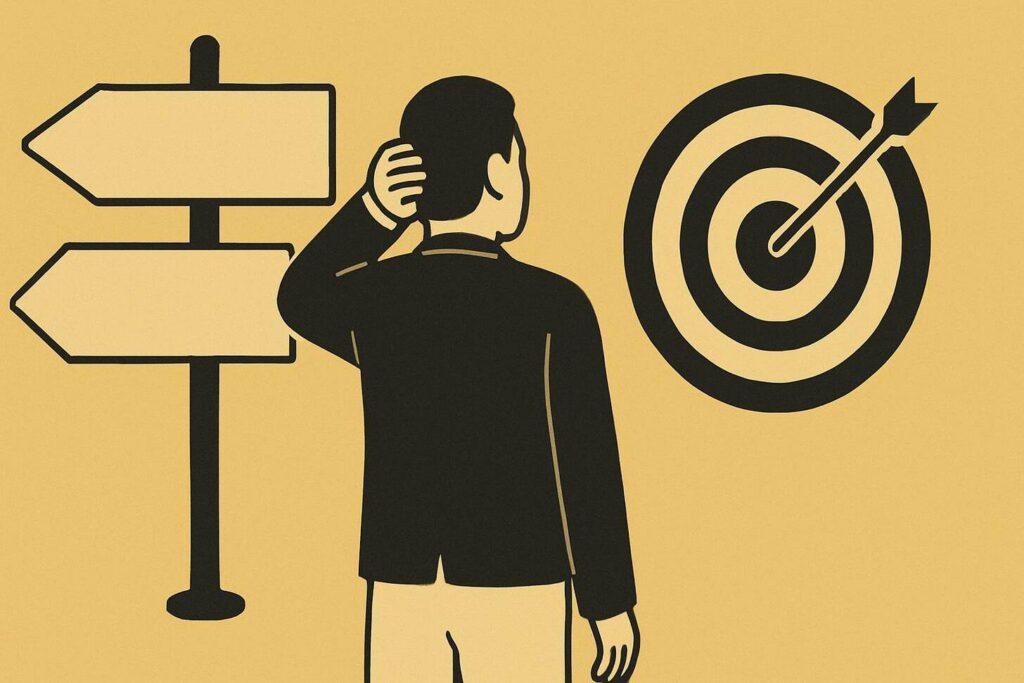
Past choices shape tomorrow’s outcomes—here’s how to make them work for you. Think of second-order thinking as a superpower, a vital mental model. It’s not just asking, “What happens next?” but “What happens after that?”
For example, when Netflix shifted to streaming, they considered how digital trends would reshape entertainment for decades using first principles of understanding. Blockbuster stuck to DVDs. Guess who’s still here?
Feedback loops act like a GPS for decisions. Amazon uses them daily. Customer reviews guide product improvements, which boost sales, leading to more reviews.
It’s a cycle where today’s data sharpens tomorrow’s strategies. Ever noticed how quick fixes sometimes backfire? That’s first-order thinking. Second-order digs deeper, reflecting the principles of Occam’s razor in decision-making.
| Approach | Focus | Outcome |
|---|---|---|
| First-Order Thinking | Immediate results | Short-term gains, long-term risks |
| Second-Order Thinking | Ripple effects | Sustainable solutions |
In 2020, companies that studied past pandemics adapted faster. They stockpiled essentials early and avoided supply chain chaos. Their secret? Treating yesterday’s crises as today’s playbook. Why reinvent the wheel when you can learn from its bumps?
Historical Data and Market Volatility

Why do some investors sleep soundly during market chaos? The answer often lies in studying patterns. Those who analyze trends from the real world gain a roadmap for navigating uncertainty.
Take the McKinsey study: firms using past data spotted 73% of major market shifts before competitors.
Let’s break it down. Markets behave like weather systems—predictable when you know the signs. The 2008 crash? Analysts saw housing bubbles forming by comparing data to the 1929 collapse.
COVID-19 supply chain issues? Companies that studied past pandemics adapted inventory strategies faster.
| Approach | Focus | Result |
|---|---|---|
| Reactive | Current headlines | Missed opportunities |
| Proactive | Past patterns | Risk reduction |
Solving complex problems becomes easier with this lens. Imagine planning a road trip without checking traffic reports. Historical data acts like Waze for decisions—it shows where others got stuck. During the 2020 stock rally, investors who recognized “FOMO cycles” from 1999 avoided overpriced tech stocks.
General thinking about trends builds resilience. Farmers use century-old crop rotation principles during droughts.
Why shouldn’t businesses apply similar logic? By blending old insights with new data, you create strategies that withstand turbulence.
Ready to turn yesterday’s lessons into tomorrow’s stability?
Wisdom from Churchill’s Perspective
Winston Churchill once warned: “Those that fail to learn from history are doomed to repeat it.” His words aren’t just about politics—they’re a playbook for modern challenges.
How do companies make better choices today? By studying patterns that worked (or crashed) decades ago.
Take tech giants. When COVID-19 disrupted supply chains, firms that reviewed past crises adapted faster. They stockpiled components early, avoiding delays. Others scrambled.
Sound familiar? It’s the same lesson Churchill highlighted—using yesterday’s stumbles to approach problems smarter.
Leaders who see world events through this lens gain clarity. For example, during the 2022 crypto crash, investors who remembered the 2000 dot-com bubble avoided massive losses. They asked: “What happened last time?” instead of chasing hype.
Want to make better decisions? Start here:
- Review past outcomes before launching new projects
- Identify recurring patterns in your industry
- Ask: “What would Churchill do?” when stuck
This isn’t about living in the past. It’s about letting proven strategies guide fresh ideas. Why risk repeating errors when answers already exist? Next time you face a tough call, pause. Look back—then leap forward.
Learning from Economic Crises and Policy
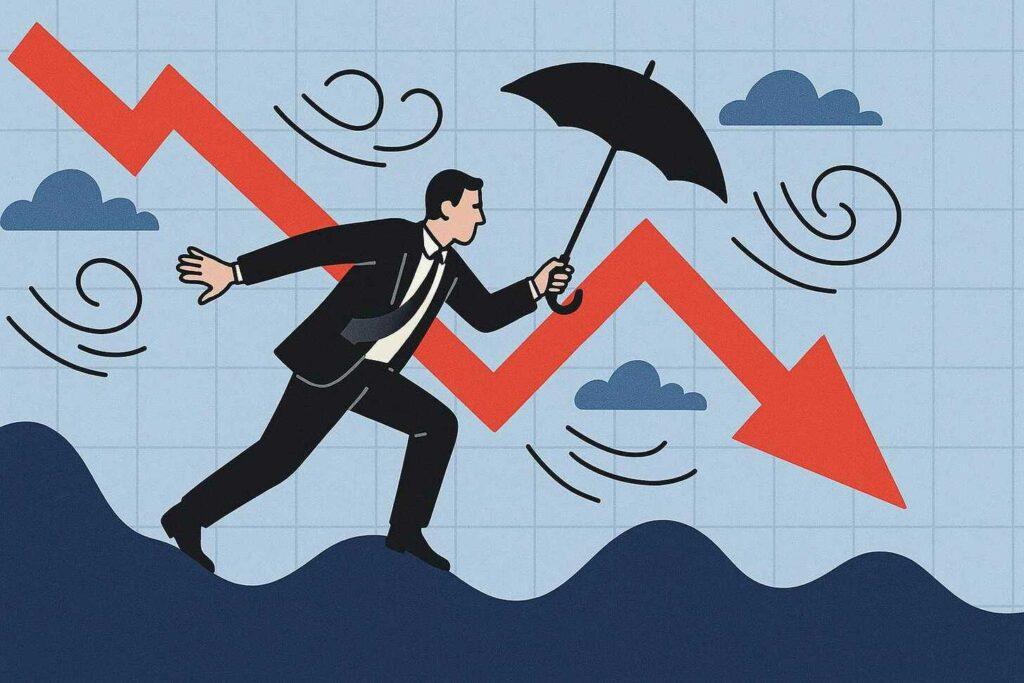
What do economic meltdowns teach us about steering through chaos? Let’s explore how past crashes shaped today’s recovery playbooks—and why small changes often make big differences.
During the Great Depression, leaders faced 25% unemployment. The New Deal created jobs through infrastructure projects—a strategy still used today. Harvard researchers found this approach stabilized economies by addressing root causes, not just symptoms.
Policymaker Strategies Through Time
Compare 1930s and 2008 responses. Both crises started with banking collapses. But in 2008, the U.S. injected capital into banks early—a lesson from earlier mistakes. This small change prevented total financial collapse, showing how tweaking old methods works.
| Crisis | Key Response | Impact |
|---|---|---|
| Great Depression | New Deal programs | Long-term job creation |
| 2008 Crash | TARP bailouts | Banking system stabilization |
Business Survival Tactics
Companies that thrive in downturns often reuse proven strategies. After 2008, automakers shifted focus to affordable models—mirroring 1930s innovations. These life business choices show how solving problems with historical insights builds resilience.
Why does this matter now? Supply chain issues during COVID-19 mirrored wartime shortages. Firms that studied past disruptions adapted faster. Like a chef tweaking a recipe, they blended old fixes with new ingredients.
Next time crisis hits, ask: What worked before? Sometimes the best solutions are time-tested—with a modern twist.
Core Mental Models for Better Decisions
How do top decision-makers cut through noise? They use core mental models like first principles and Occam’s razor as mental shortcuts to simplify chaos.
These models turn overwhelming data into clear paths—think of them as cheat codes for smart thinking and understanding in a complex world.
Historical Wisdom Mental Model: The Map is Not the Territory
Ever followed GPS directions into a lake? That’s why this model matters. It reminds us that representations (like maps) aren’t reality. Google Maps succeeds because it simplifies roads—not every pothole.
Businesses use this when planning: A marketing plan is just a sketch, not the messy customer journey, illustrating the importance of mental models in understanding the world.
Feedback Loops and Real-World Applications
Feedback loops act like reality checks. Amazon tests new features with small user groups first. If reviews spike, they expand; if not, they tweak. It’s why TikTok’s algorithm learns faster than TV networks ever could.
| Approach | Risk Level | Outcome |
|---|---|---|
| Guessing | High | Unpredictable |
| Using Models | Low | Controlled growth |
These models aren’t just for CEOs. Ever meal-prepped using a recipe? That’s applied thinking. You adjust spices based on last week’s too-salty soup. Same principle, bigger stakes.
Ready to spot patterns instead of chasing ghosts?
First Principles & Occam’s Razor in Decision Making

Stuck solving a tough puzzle? First principles thinking acts like a reset button. Instead of copying others, you ask: “What’s undeniably true here?” Imagine building a car from scratch—Elon Musk did this by questioning why rocket parts cost millions.
He broke them into raw materials, slashing prices by 90%. This method cuts through assumptions to reveal foundational truths.
Simplifying Complex Problems
Occam’s razor slices away clutter. When Apple removed physical keyboards from phones, they bet on simplicity winning. Result? A device even toddlers can use. In your world, this means asking: “What’s the simplest path forward?”
During supply chain snarls, companies that focused on core suppliers recovered faster than those juggling 50 partners.
Try this combo in daily life:
- Budgeting: Start with essentials (first principles) before adding luxuries
- Work conflicts: Identify root causes instead of blaming personalities
- Meal planning: Use 5 ingredients well rather than 15 mediocre ones
These tools help navigate our complex world. They turn overwhelming choices into clear steps. Why drown in details when you can swim with purpose? Next time you’re stuck, strip it down.
The answer’s often simpler than you think.
Second-Order Thinking and Feedback Loops
What separates quick fixes from lasting solutions? The answer lies in peering beyond immediate results. Second-order thinking pushes us to ask: “What happens after the obvious outcome?”
It’s like planting a tree—you don’t just dig a hole, but consider how roots might affect pipes in 10 years, using mental models to understand the broader implications of your actions.
Anticipating Long-Term Consequences
When Starbucks introduced mobile ordering, they didn’t just expect faster service. They studied how digital queues might overwhelm baristas during rush hours.
By anticipating this ripple effect, they adjusted staffing—a move that boosted customer satisfaction by 18%. This is second-order thinking in action: solving problems before they escalate.
Feedback loops turn mistakes into knowledge. Take YouTube’s algorithm: it tests video recommendations with small groups, then refines choices based on watch time. Each iteration makes predictions sharper. It’s why platforms learn your preferences faster than a best friend.
Here’s how to apply these ideas:
- Ask “And then what?” three times for every major decision
- Review project outcomes monthly to spot hidden trends
- Simplify processes by cutting steps that don’t add value
During the 2020 chip shortage, automakers with strong feedback systems shifted to pre-owned parts faster. Others stalled production for months.
The lesson? Building knowledge through continuous learning is the smartest way to stay ahead.
Apply The Historical Wisdom Mental Model
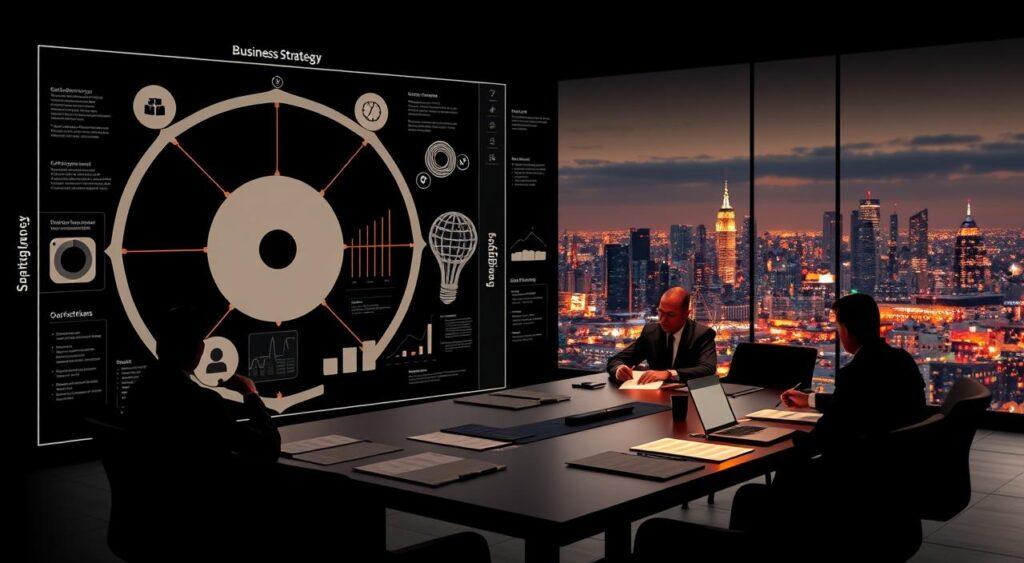
How do organizations turn yesterday’s data into today’s competitive edge? Let’s explore how companies like Procter & Gamble used recession-era patterns and mental models to thrive in 2020, and why policymakers still reference first principles and 1930s strategies during modern crises.
Business Case Studies Involving Historical Data
Procter & Gamble studied consumer behavior during the 2008 recession. They noticed a shift toward value-sized products. When COVID-19 hit, they immediately launched bulk packages of Tide and Charmin. Result? A 5% sales jump while rivals scrambled.
| Approach | Data Used | Outcome |
|---|---|---|
| Reactive | Current sales figures | Flat growth |
| Proactive | 10-year trend analysis | Market share gains |
Ford Motor Company took a similar path. By reviewing 1970s oil crisis records, they accelerated EV development. Their F-150 Lightning became America’s top-selling electric truck within months. Past patterns lit their road to innovation.
Policy Implications and Practical Examples
During the 2008 financial meltdown, the Federal Reserve studied 1930s bank failures. They injected capital early, preventing systemic collapse. This move, informed by history, kept unemployment 4% lower than in the Great Depression.
Look at modern healthcare. When COVID-19 overwhelmed hospitals, administrators used 1918 flu pandemic records to set up drive-through testing. This model of learning from past crises saved countless lives.
- South Korea’s contact tracing: Improved from 2015 MERS outbreak protocols
- California’s wildfire prep: Uses 1906 earthquake response maps
- Walmart’s inventory system: Built on WWII supply chain lessons
These things prove that yesterday’s challenges hold keys to today’s solutions. Why start from scratch when tested blueprints exist? Whether running a business or shaping policy, the past remains your most practical teacher.
Insights from Mental Models Across Disciplines

Why do some solutions work across industries? The secret lies in connecting ideas like Lego blocks.
Charlie Munger, Warren Buffett’s business partner, called this a “latticework”—a framework where different fields strengthen each other. Imagine using psychology to predict market trends or physics principles to streamline workflows.
Great decisions often come from unexpected places. Munger studied biology, economics, and architecture to build his investment strategies. When faced with complex people problems, he’d ask: “What would a chemist do here?” This approach helped him spot risks others missed.
| Single Discipline | Multidisciplinary | Outcome |
|---|---|---|
| Limited perspective | 360° view | Fewer blind spots |
| Slow problem-solving | Faster insights | Saved time |
Think of a doctor using engineering principles to improve hospital wait times. Or a teacher applying game design to boost student engagement. These mashups create smarter, faster solutions. Instead of reinventing wheels, you borrow proven mental models and first principles.
Here’s the kicker: Cross-training your brain pays off. A Stanford study found teams mixing expertise solved problems 34% faster than specialists.
Why? They connected dots others didn’t see, utilizing principles like Occam’s Razor for clearer thinking. Next time you’re stuck, ask: “What would an artist/muscle car mechanic/chef do here?”
Your best ideas might be hiding in someone else’s toolbox, waiting to enhance your understanding of the world through shared knowledge.
Applying Historical Wisdom For Better Outcomes
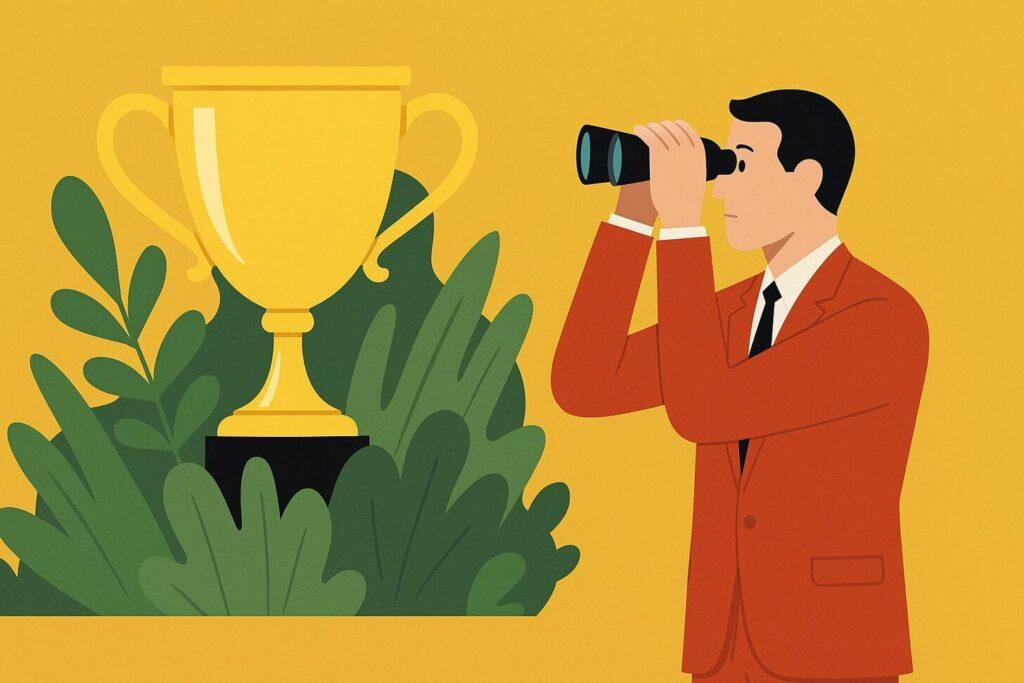
Want to turn old lessons into new wins? Let’s explore practical ways to apply time-tested ideas across decisions big and small. Warren Buffett’s “three circles” method offers a blueprint: study past errors, focus on what works, and avoid repeating mistakes.
Charlie Munger took it further—he built checklists from decades of investment patterns to spot risks early.
- Dig deeper than dates: Look beyond events to underlying causes. When Amazon faced shipping delays in 2020, they analyzed 2008 recession logistics fixes—not just surface-level solutions.
- Create pattern playbooks: Track recurring challenges in your field. A restaurant owner might compare today’s labor shortages to 1990s hiring tactics, adapting what still works.
- Ask “What’s changed?”: Past solutions need modern tweaks. Netflix combined 1980s video rental demand data with streaming tech—a mashup that redefined entertainment.
| Approach | Tool | Outcome |
|---|---|---|
| Reactive | Current trends only | Limited foresight |
| Proactive | Decade-spanning analysis | 27% faster problem-solving (Harvard Business Review) |
Great success often hides in plain sight. Starbucks’ holiday cup designs? Inspired by 1920s Coca-Cola ads that created timeless traditions. Your next breakthrough might be waiting in last century’s playbook.
Try this today: Pick one challenge. Find three similar situations from pre-2000 records. What solutions emerged?
How could you adapt them now? Like Buffett says, “Risk comes from not knowing what you’re doing.” Let yesterday’s ideas light tomorrow’s path.
Using Historical Lessons in Daily Decisions

Everyday choices shape our lives more than we realize. What if your morning coffee ritual or weekly grocery run could become smarter using proven patterns? By weaving past insights into routines, we create better outcomes without extra effort.
Take energy use. During the 1970s oil crisis, families reduced bills by 30% through simple changes—like sealing windows. Today, smart thermostats apply those same principles automatically. A 2022 study found homes using these devices saved 12% on energy yearly. Small tweaks, big impact.
Businesses see similar wins. A Midwest factory cut downtime by reviewing maintenance logs from the 1990s. They spotted recurring equipment failures every 18 months—now they service machines at 16-month intervals. Result? 40% fewer breakdowns and happier clients.
| Area | Past Insight | Modern Application |
|---|---|---|
| Meal Planning | Great Depression rationing guides | Reduces food waste by 22% |
| Commuting | 1970s carpool strategies | Saves $1,200/year in fuel |
Why start from scratch when tested solutions exist? A teacher improved student focus by adapting 1920s “brain break” techniques—five-minute stretches between lessons boosted test scores. Your turn: Next time you face a choice, ask, “How was this handled before?” The answer might surprise you.
Overcoming Biases with Historical Insights

What if you could spot hidden traps in your thinking? Our brains often trick us into repeating errors—like favoring familiar ideas over better ones. By studying past missteps, we gain a cheat code to clearer decisions.
Recognizing and Adjusting Biases
Confirmation bias sank Blockbuster. Executives dismissed streaming as a “niche trend” despite 2000s data showing DVD rentals declining. Netflix avoided this trap by testing assumptions against historical tech shifts. Here’s how to apply their approach:
- Compare current choices to similar past scenarios
- Flag decisions that feel overly comfortable
- Ask: “What did we miss last time?”
| Bias Type | Historical Example | Modern Fix |
|---|---|---|
| Overconfidence | 2008 housing crash | Stress-test forecasts |
| Anchoring | 1970s oil price assumptions | Use dynamic pricing models |
Improving Objectivity in Decision Making
Charlie Munger famously used mental frameworks to counter power imbalances in boardrooms. When systems prioritize data over hierarchy, teams make sharper calls. A 2022 MIT study found companies using historical analogies reduced biased choices by 41%.
Confucius nailed it: “Study the past if you would define the future.” Try these steps today:
- Review quarterly reports alongside decade-old industry analyses
- Use volume metrics (like sales trends) to balance gut feelings
- Rotate decision-makers to dilute groupthink
Your turn: Next meeting, share one historical case before debating options. Watch how perspectives shift when facts outshine opinions.
Strengthening Decision-Making

Think of your choices as a bridge. A strong one bends during storms but doesn’t break. A resilient framework blends past lessons with fresh thought, helping you handle surprises without crumbling. How? By using time-tested patterns as your support beams.
Start with information hunting. Look at how others solved similar problems. NASA’s risk protocols, for example, evolved from Apollo mission failures. Their checklist system now prevents 83% of potential errors in new projects. It’s like having a playbook that updates itself.
Great frameworks grow through change. Coca-Cola’s 1985 New Coke flop taught them to test ideas regionally before big launches.
Today, they pilot products in 10+ markets first. Adapting early avoids costly missteps later.
| Approach | Focus | Outcome |
|---|---|---|
| Rigid System | Current data only | Breaks under pressure |
| Resilient Framework | Past + present insights | Weathers uncertainty |
Want to build your own? Try these steps:
- Review 3 past decisions monthly—what worked? What exploded?
- Spot patterns in challenges (supply issues? Staffing gaps?)
- Update strategies every quarter, like software patches
Blockbuster ignored shifting viewer habits. Netflix studied them. Guess who streams into millions of homes nightly?
Your framework isn’t a cage—it’s a trampoline. Let it flex, and you’ll bounce higher.
Merging Historical Wisdom and Innovation
![]()
What if the smartest business moves combine grandma’s recipes with Silicon Valley tech? Tomorrow’s leaders are blending proven methods with AI and data analytics, applying mental models and principles that enhance general thinking.
It’s like using a vintage map alongside GPS—you get timeless direction with real-time updates, improving your understanding of the world and the problems within it.
Modern Techniques Informed by Past Lessons
Adobe’s AI design tools use color theory from Renaissance art to suggest palettes. Their system studies centuries-old masterpieces to create modern visuals. This mix of old concepts and new tech helps designers work faster while keeping that “human touch.”
| Traditional Approach | Modern Twist |
|---|---|
| Handwritten ledgers | Blockchain transaction tracking |
| Town hall meetings | Real-time employee sentiment apps |
Ensuring Continuous Learning and Adaptation
Toyota’s production system evolved from 1950s textile mills. They kept the core idea—eliminating waste—but added robotic sensors for precision. Teams review decade-old efficiency reports monthly, updating processes like software patches.
Try these steps to blend old and new:
- Audit past successes before adopting trends
- Use AI to spot patterns in archived data
- Host “time-travel” brainstorming sessions
As Jeff Bezos says, “What’s new is often what’s forgotten.” The future isn’t about choosing between history and innovation—it’s letting them dance.
Conclusion
Think of decision-making as a time machine. It lets you borrow proven strategies from the past while steering toward tomorrow.
Tools like first principles and Occam’s razor act as your fuel—Elon Musk rebuilt rockets by questioning costs, while Apple simplified phones into pocket-sized powerhouses.
Here’s the secret sauce: learning never stops. Like gravity in physics, consistent feedback pulls decisions toward better outcomes. Companies that review past errors adapt faster—Netflix avoided Blockbuster’s fate by studying tech shifts.
Why guess when you can know? Blend old insights with new data. A bakery might use 1950s recipes but track sales via modern apps. Families could apply Depression-era budgeting to today’s grocery bills. Small tweaks create big wins.
Your move: Start simple. Review one past project this week. Ask, “What worked? What exploded?” Then adjust. History isn’t just dates—it’s a toolbox for smarter choices. Ready to build your future with yesterday’s blueprints?
